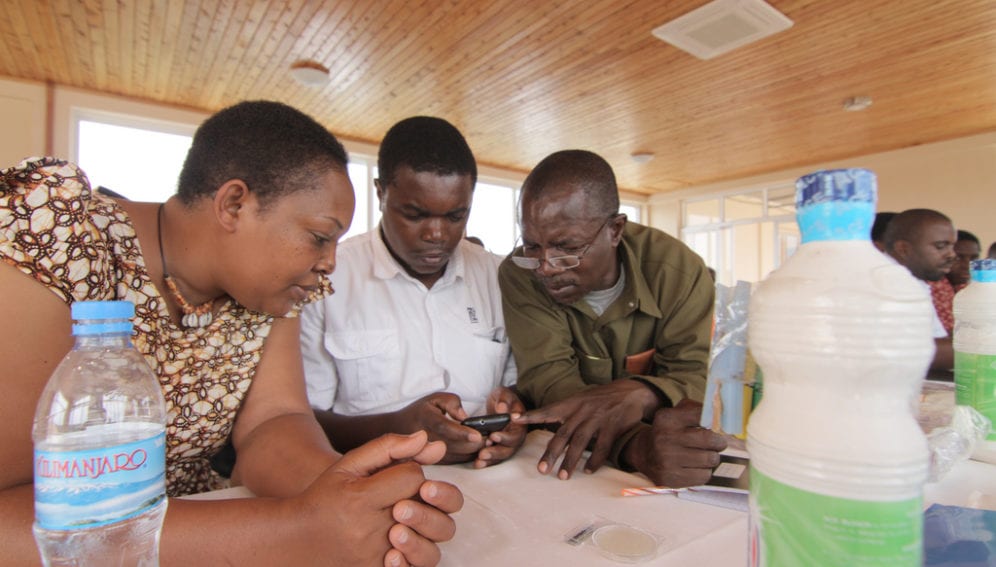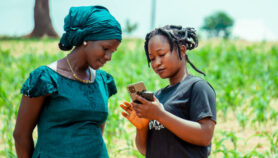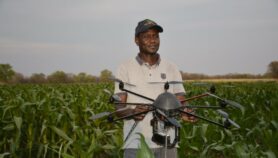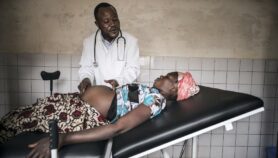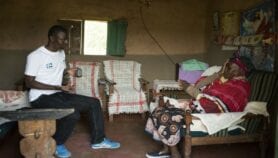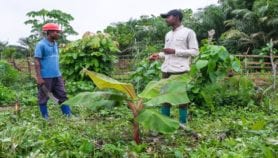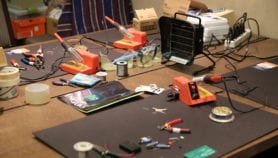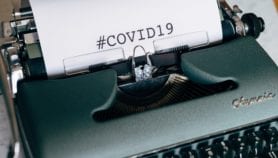By: Julian Taub
Send to a friend
The details you provide on this page will not be used to send unsolicited email, and will not be sold to a 3rd party. See privacy policy.
A smartphone application — mWater — is helping a Tanzanian local authority to monitor drinking water for contamination and to map the quality of waterways.
Contaminated water is one of the causes of diarrhoeal disease, which kills around 760,000 children under five annually worldwide, according to the WHO.
Mwanza city, where the trial is taking place, has problems with monitoring water supply safety because microbiology laboratories and incubators for water testing are expensive to use.
"We found [through a baseline study in Mwanza] that shallow wells are just as contaminated statistically as the open lake or springs," says Annie Feighery, cofounder of a US-based non-profit organisation also called mWater that is behind the project.
Through a US$100,000 grant from the US Agency for International Development, mWater is collaborating with Mwanza water and sewerage authority and over the next nine months will test water quality and map the results online.
The partners helped train health and water utility workers on the app last month (19-20 August).
To test water quality, researchers fill a 100 millilitre bag (for drinking water standards) and one millilitre dry plate (for bathing water standards), allow each to settle for 24 hours, and then snap pictures of the samples with cameras on mobile phones.
The mWater’s app analyses the density of waterborne bacteria such as Escherichia coli based on colour changes in the water. It colour-codes the water and posts it onto a crowdsourced map where water utility workers can add notes and update the locale over time.
Feighery tells SciDev.Net: "mWater has begun establishing a supply chain of water testing kits for the app in Tanzania. A kit will cost US$5 but the [mobile] application is free."
She adds: "The target clients are health and water utility workers. We want this to be a market-based solution — whereby this can exist without us as an aid organisation."
Because of Tanzania's high tax regime for imported goods, the partners are working with the government to exempt the India-made kits from taxation.
As more of the waterways are mapped, mWater and health workers will be adding a text component that alerts the local people if certain sources are unsafe and suggest alternatives.
mWater intends to map water sources all over Tanzania later this year ― depending on extra funding ― and roll it out in Rwanda and Ethiopia.
Nick Dickinson, a programme officer for the Africa team at the Netherlands-based IRC International Water and Sanitation Centre, says that the project can have a big impact if it is combined with awareness raising and systematic testing by authorities and service providers responsible for ensuring water quality from drinking water sources.
"If reports on drinking water quality would lead to corrective actions in a way that does not penalise the water users, then the potential is strong," Dickinson explains.
This article has been produced by SciDev.Net’s Sub-Saharan Africa desk.


